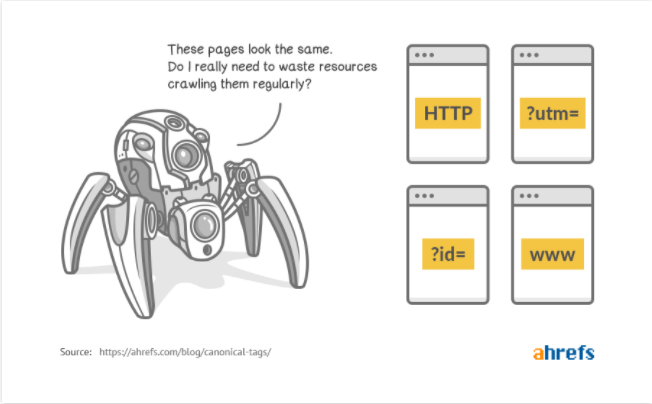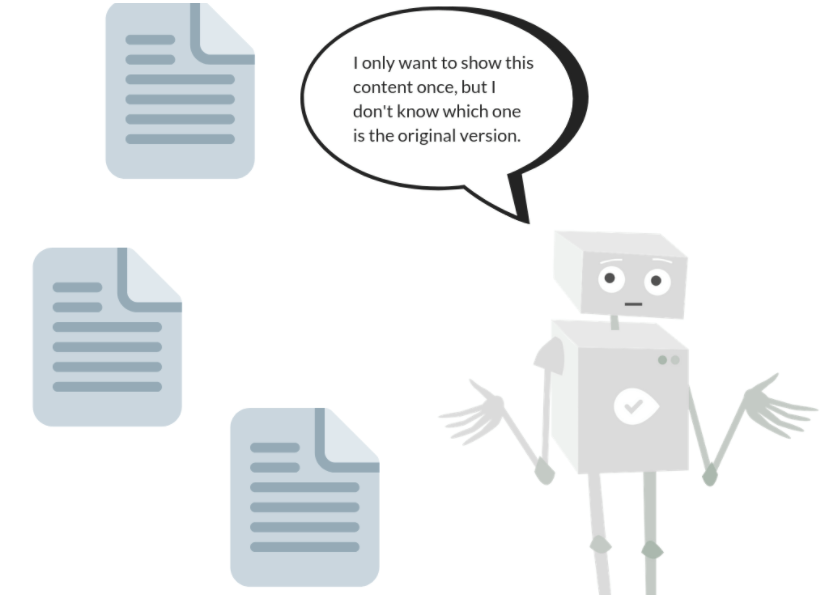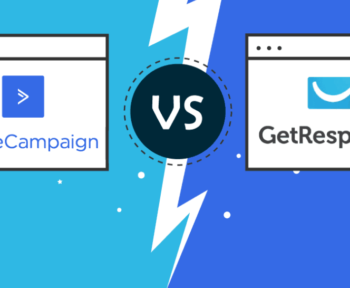The Internet is full of duplicate content. Sometimes, content is deliberately altered with the intention of deceiving search engine algorithms and increasing the ranking of the site. Such fraudulent content practices result in poor user experience (UX), with search engines such as Google penalizing such websites with online rankings.
Furthermore, amid a sea of fake content, search engine crawlers lose original content, which lowers the site’s online ranking. Search crawlers may choose the wrong URL as the source, even if the webpage is content. Therefore, basically misleading fake content can cause many SEO problems. But Google treats duplicate content differently than copied or misleading content.
It would be nice if Google could provide a full report on where the website ranks. Unfortunately, even the most experienced SEO professionals do not have a complete answer sheet. However, over time, Google and other search engines will inform the public about how to improve their search rankings by implementing technological changes on their websites. One of the biggest consequences of these releases, and yet one of the most misunderstood, is the development of canonical tags.
Table of Contents
What is a Canonical Tag?
The canonical tag specifies the source URL (or original content page) of a given page for search engines such as Google. Canonical tags are used to declare a single page as its source or duplicate pages to indicate their source/original page. Search engines use canonical tags to deal with duplicate content issues and to assign search engine ranking values to the page specified as the “source” URL for that content.
Why are canonical tags important?
Duplicate content is a big no-no for search engines. Having pages with similar or similar content to your website is considered negative and Google can use it to downgrade your website when determining rankings. Whether you use HTTP on your site, use a content management system like WordPress or Drupal, or run an eCommerce website,
the combination of different URLs that people can use to access your website can do you a great disservice. By using canonical tags properly on your site pages, you can avoid this risk and take full advantage of both robust site and streamlined search engine optimization techniques.
How do I apply canonical tags?
On pages where Google wants to identify you as canonical, add a link tag at the top of the HTML code. For example, to name www.mixwithmarketing.com with the specified tag, the code looks like this:
<link rel = “canonical” href = “https://www.mixwithmarketing.com” />
Clean and repeat every page on your site that you want to be canonical. Again, using a content management system like WordPress can streamline this effort.
On which pages should I put the canonical tag?

Appropriate. Visits from social media, internal site searches, referral links, and other inbound references have the potential to generate a unique URL that may adversely affect your website ranking. Additionally, many content management systems allow multiple URL paths to access the same content. All of these ways can be crawled and Google can identify them as separate pages of duplicate content.
How Canonical Tags Affect SEO?
Since the canonical tag was introduced to solve dummy content issues and to help search engines better rank pages, it clearly has something to do with SEO, right? Perfect! It happens!
Canonical tags affect search engine rankings from two angles:

1. It directly affects the search result performance
You can basically tell Google “Show this page, instead of this page”. If you have a Page B ranking of keywords, you can basically ask Google to show you Page A. Learn more about SEO from here.
2. Canonical pages can also lead to a general increase in rankings for a number of reasons
As mentioned before, Google likes it when you make it easy for it. Canonical tags allow you to focus search engines on a narrow group of pages to target while placing all other pages on your website for a better user experience.
For example, you might have a pricing page with two sub-pages. They can camouflage each other, and everyone is competing to rank for the same keywords. When you do not want to merge pages into one page, you can manage the cannibal problem with the rel = “canonical” tag. Now users will always land on the main price page through the search engine but will be able to freely navigate to other pages while on the site.
Canonical Tag vs. 301 Redirect

The difference between Rel = canonical and 301 redirects is as follows:
With 301, you’re basically telling Google “This page no longer exists. Ignore its content and look at this other horrible page.”
With the canonical tag, you say to Google “Hey, this content is duplicate. There is a similar, preferred version of this material, which you would like to display instead.
However, the practical side is that canonical tags allow you to take the user to the start page, but 301 redirection does not. When following an internal link, if A A 301 redirects to page B, both the search engine and the user will land on page B, instead of with an authenticator tag, the search engines will still see page B, but users can land on page A.
So how do you use them?
Well, if you find your duplicate page completely ineffective or useless for your website, 301 it is best to redirect it to the relevant counterpart. However, if you want to have both versions of your website indexed only in search engines, you must use the canonical tag.
Final thoughts
We now know that canonical tags can have a huge impact on your rankings. It really depends on how you use them. Do not include them there to keep them, as this can do more harm than good.
How is your experience with canonical tags? Have they ever helped you with content syndication? How about duplicate content? Did your ranking increase after telling Google which pages had the original version? Feel free to share your experiences in the comments section.






4 Comments
Prince
Nice Informative content
inamdurrani60
Thank you @ Prince